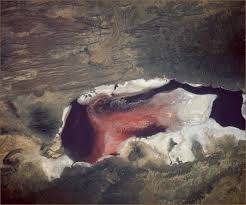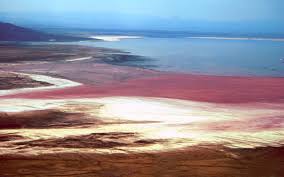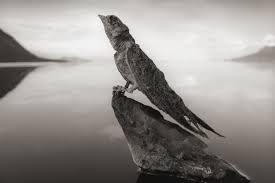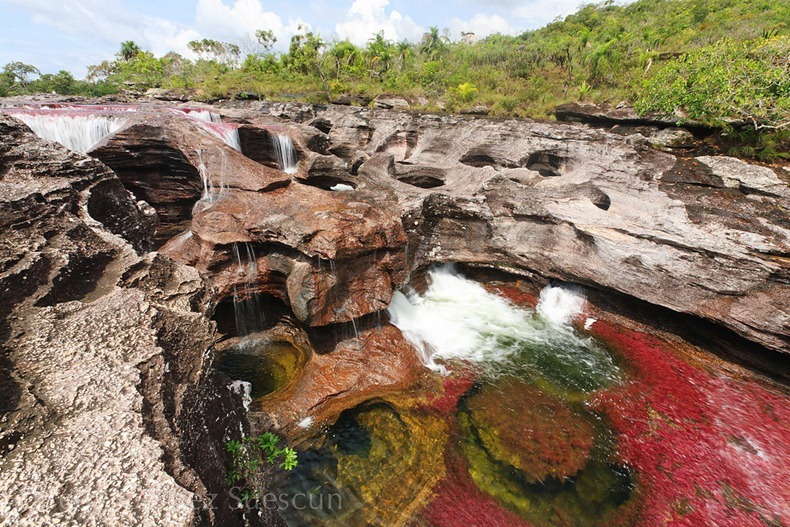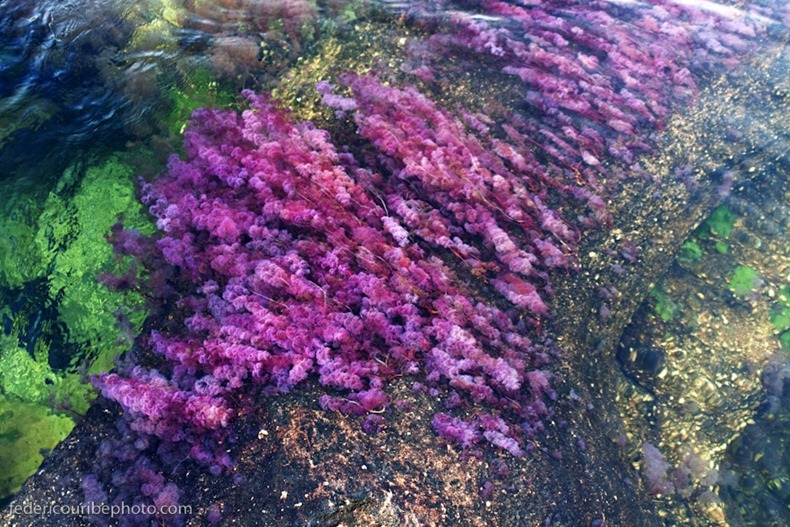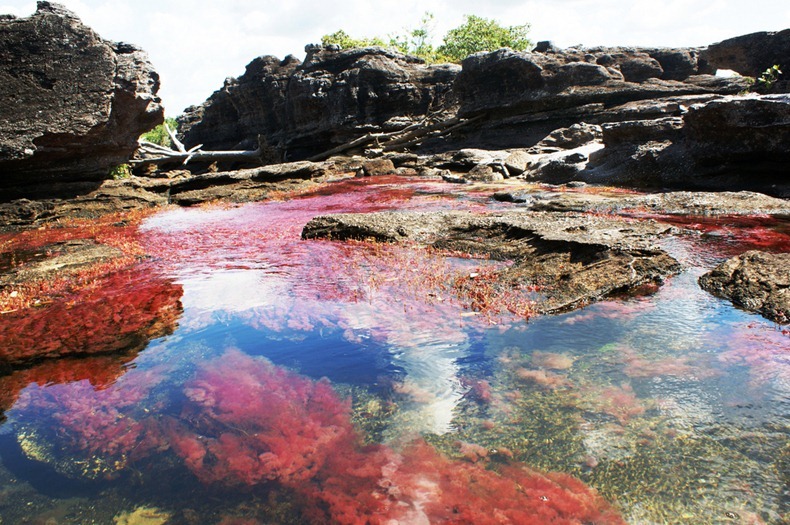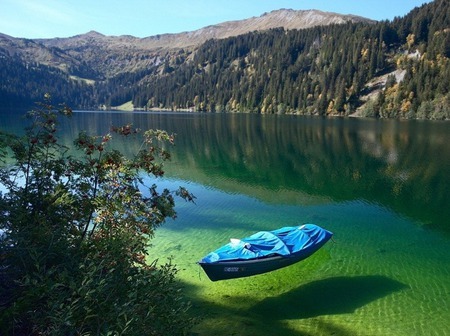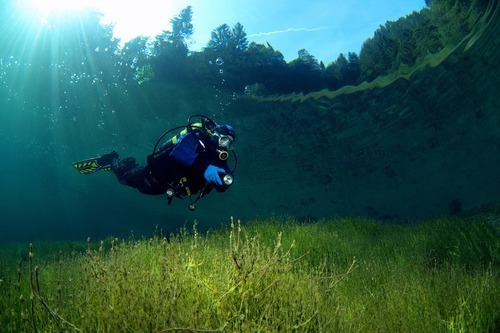Located in Tanzania, Africa is one of the most interestingly eerie lakes in all of the world. The lake appears to be a desolate water source where animals rarely go, and there is a good reason for this. This lake seems to come right out of fairy tale, as its characteristics are somewhat out of the ordinary for my blog’s theme. This nonetheless does not make this natural entity something not worth noting. It is a natural beauty, in a disturbing sense, though.
The lake is very shallow, not even reaching a maximum depth of 10 feet. Because of Africa’s harsh climatic environments, the lake is constantly subjected to evaporation, which account for its shallow depth. Similarly the waters can reach an average temperature of about 140 degrees Fahrenheit, turning away most animals from drinking here, yet this also means that very unique bacteria and other adaptive organisms use these waters to their advantage. The lake is filled with high levels of minerals as the alkalinity of the waters can cause the pH of the lake to reach 10.5 (as basic as ammonia). These drastically harsh conditions mean impeding death for most animals who come near it (but in a rather unorthodox way).
The water’s alkalinity come from sodium carbonate and other minerals from the surrounding hills. Interestingly sodium carbonate is the same compound used by the Egyptians to mummify their deceased. The lake’s extremely basic waters combined with other harsh minerals calcify most of the animals who attempt to rest near it. The lake may seem like an appealing place to wade and drink in this hot climate because of the uninhabitable waters, but they are uninhabitable for a specific reason. The lake has been known to completely calcify birds, bats, flamingos, and even eagles to the point where they resemble statues. This eerily beautiful lake is a prime example of the disturbingly grotesque forms of some natural environments in the world.
